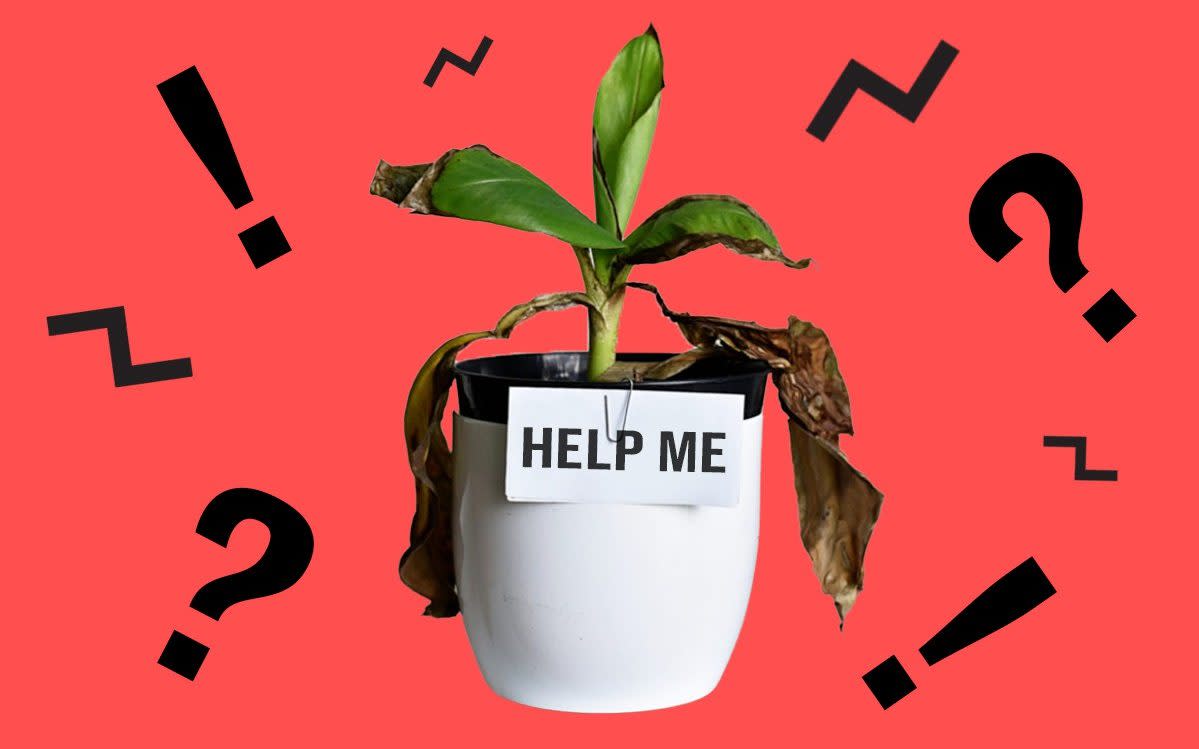Plants cry out when they need watering - but humans can’t hear them

Plants were generally thought to be an uncomplaining bunch, silently enduring the ravages of neglect, drought or disease with stoical forbearance.
Now scientists have discovered that they cry out when distressed or need watering, even though humans cannot hear their high-pitched emergency calls.
Recordings of tomato, tobacco, wheat, corn and cactus show that they make occasional ultrasonic popping noises - similar to bubble wrap - which ramp up when under stress.
The sounds are comparable in volume to normal human conversation, but are too high for human ears to detect. However it is likely they can be heard by insects, other mammals, and possibly other plants.
“An idyllic field of flowers can be a rather noisy place, it’s just that we can’t hear the sounds,” said Professor Lilach Hadany from the School of Plant Sciences and Food Security at the Wise Faculty of Life Sciences at Tel Aviv University.
'World is full of plant sounds'
“Our findings suggest that the world around us is full of plant sounds, and that these sounds contain information – for example about water scarcity or injury.
“We assume that in nature the sounds emitted by plants are detected by creatures nearby, such as bats, rodents, various insects, and possibly also other plants - that can hear the high frequencies and derive relevant information.”
The notion that plants emit sounds has been controversial, with some studies suggesting they “scream” when they are cut or uprooted. Vibration detectors have also picked up pulses emanating from plants, but it was unknown if they actually became soundwaves which could be picked up.
To find out, the team placed plants in an acoustic box in a quiet, isolated basement with no background noise.
Ultrasonic microphones recording sounds at frequencies of 20-250 kilohertz were set up at a distance of about four inches from each plant. The maximum frequency detected by a human adult is around 16 kilohertz.
The plants were subjected to different treatments. Some had not been watered for five days, while others had their stems cut. A control group was left untouched.
The recordings showed that the plants emitted sounds at frequencies of 40-80 kilohertz with unstressed plants making a click less than one sound per hour, on average, while the stressed plants – both dehydrated and injured – emitted dozens of sounds every hour.
Water-stressed plants began emitting noises before they were visibly dehydrated, and it was also possible to identify the plant, as well as what type of stress it was suffering from.
For example a dehydrated tomato plant made a different pattern of clicks to a dehydrated cactus. Happy plants tended to be very quiet.
The team hopes that in future it may be possible to monitor plants and determine if they are struggling based on the pattern of noises. For example, sound recordings could be used in agricultural irrigation systems to monitor crop hydration and help distribute water more efficiently, the authors say.
“The fact that plants are making these sounds opens a whole new avenue of opportunities for communication, eavesdropping, and exploitation of these sounds,” said co-senior author Yossi Yovel, a neuro-ecologist at Tel Aviv University.
How the plants are making the noises is still unclear, but the researchers suggest the popping may be caused by the formation and bursting of air bubbles in the plant’s vascular system, a process called cavitation.
Other plants could also be listening in and benefiting from the sounds, the researchers believe. Previous research has shown that plants increase the concentration of sugar in their nectar when they “hear” the sounds made by pollinators.
“It’s possible that other organisms could have evolved to hear and respond to these sounds,” added Prof Hadany.
“For example, a moth that intends to lay eggs on a plant or an animal that intends to eat a plant could use the sounds to help guide their decision.”
The research was published in the journal Cell.

 Yahoo News
Yahoo News 
